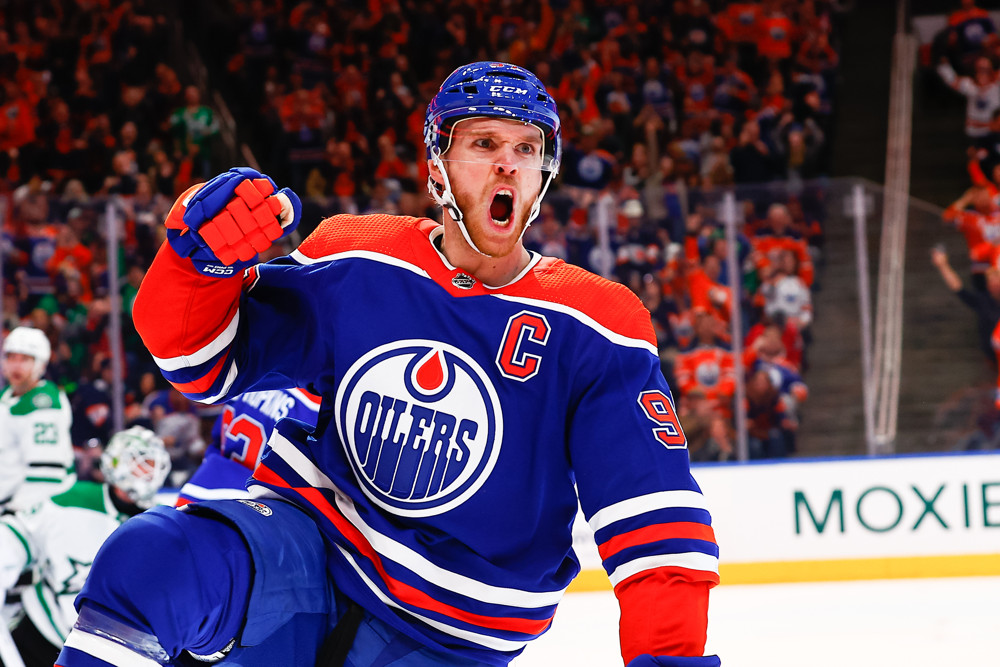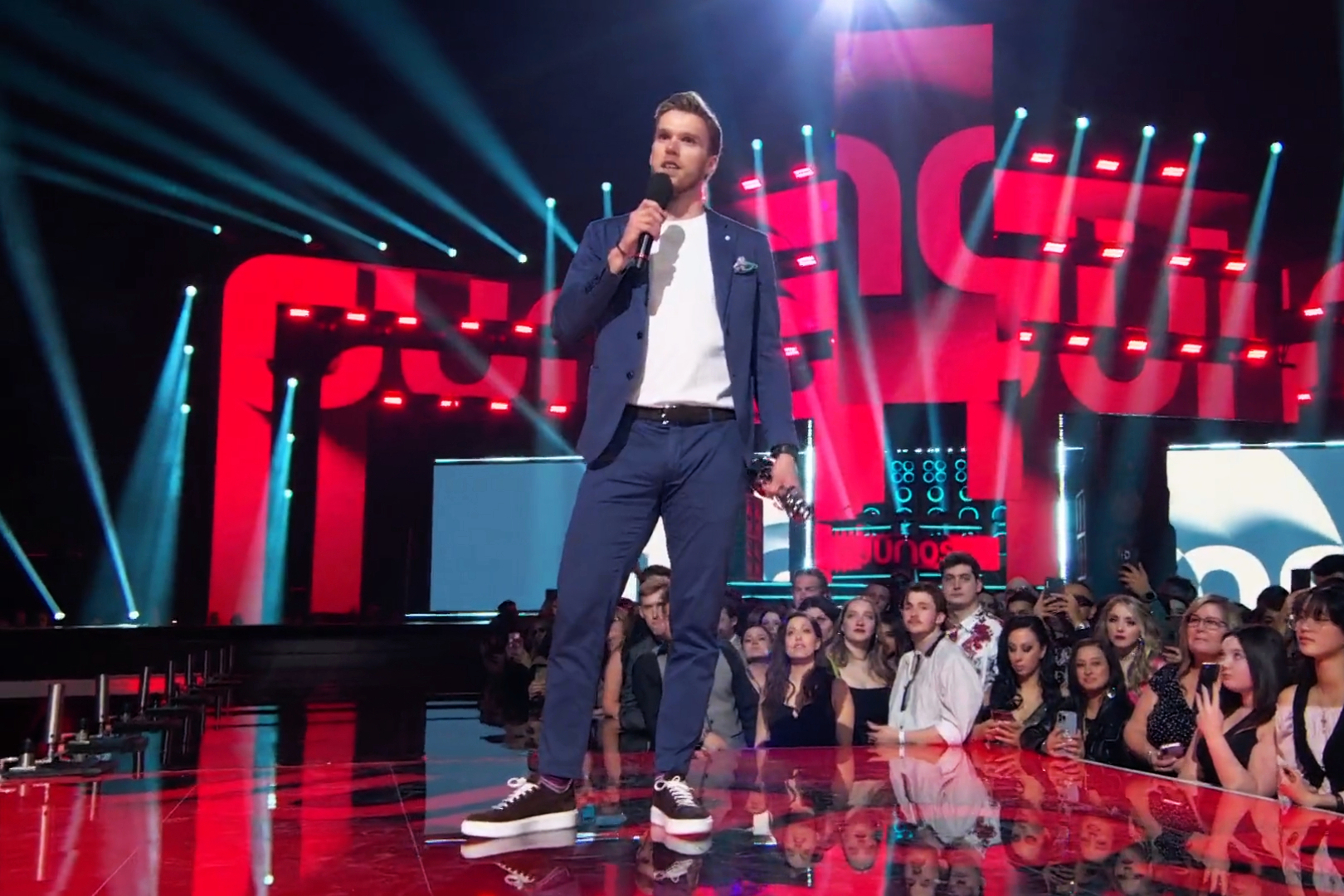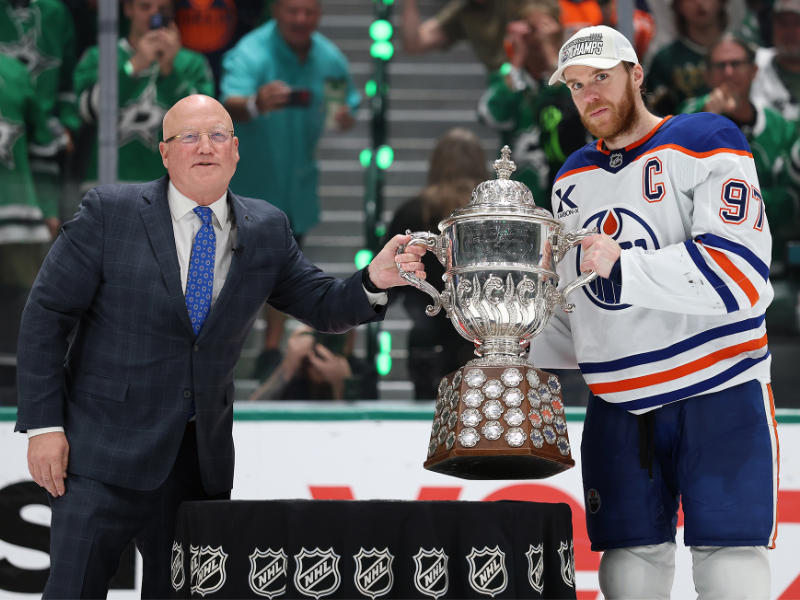
Why McDavid Isn’t Going Anywhere: Part Two – UFA Departures
August 30, 2023
McDavid Isn’t Going Anywhere: Part Three – Situation Specific Information
September 1, 2023August 31, 2023 by Josh Boulton
It didn’t take long for the pro-hockey fighting crowd to get their first “I told you so” in as Cape Breton Screaming Eagles prospect Rory Pilling was announced to be out for at least six to eight weeks with a broken femur on Friday.
Pilling suffered the injury late in a QMJHL pre-season game against the Halifax Mooseheads, where the Screaming Eagles were ahead 7-1. The 16-year-old was the recipient of what has been described by hockey fighting supporters as a dirty knee-on-knee hit. The identified culprit? The new QMJHL fighting ban, which was just introduced for the 2023-24 season.
That’s right. The opponents of the ban are jumping on this incident as proof the game is no longer safe. After all, the report is there was no retribution from the Screaming Eagles players, and, obviously, it’s due to the fear of getting a one to three game suspension for being the aggressor under the new rules.
Now I haven’t seen the hit, but I do know there was no penalty called on the play. Yes, officials miss calls, but the lack of penalties does make me wonder about the interpretation of the hit. Is it being called “dirty” just to fit a narrative? I’d wager most of the articles blaming the fighting ban for this play were written even as the ink declaring the new fighting rule was still drying. Just wait until the first questionable hit happens, insert teams here, and publish.
Even at that, let’s just say this was a dirty play. Obviously, the threat of a major penalty, an ejection, and a possible subsequent suspension, weren’t enough to deter the Mooseheads’ player from “sticking his knee out” in the first place. If that’s the case, why do the instigator rule and this new fighting ban work so well to stop players from jumping opponents who do dirty things? Out one side of the mouth comes “we need fighting because rules don’t stop cheap shot artists from being dirty,” and out the other side comes “the fighting ban will make it so we can’t do anything about it!” Why the heck not? If a play is really that bad, and your team mate is seriously injured, what’s one, or even three games, if it means avenging the play?
If you’re honest with yourself, the only right answer is nothing. It’s absolutely worth it. The trouble is, most hits that “used to” cause players to fight simply are not worth it anymore. And again, the truth is most of them never were. The hitting won’t be any more or less “dirty” than it used to be before the fighting ban. Players will just have to be more selective of what’s truly worth retribution. Fighting ban one, pro-fighting crowd zero.
And here’s the real kicker. This brutal injury, this broken femur caused by a cheap shot late in the third period of a blowout game that means absolutely nothing, which remember, the pro-fighting crowd claims will only happen more frequently under this new fighting ban, is actually caused by the same hockey cultural bloodthirsty attitude that wants to be allowed to avenge it.
If you want to pretend this is the first time in the history of hockey there was ever a “questionable” incident late in a blowout just to prove a point, you might as well come clean and admit you’ve never watched one minute of hockey in your entire life. But most hardcore hockey fans know this is par for the course. This is as true in the new age of fighting bans as it was in the greatest glory days of the enforcer. This is, and always will be, what you want in hockey. If a player trailing 7-1 doesn’t at least try to take a run at somebody, do they even care? Do they have no passion at all? No heart? That’s what you’d say about them. Then when it inevitably happens, and they do take a run, you also want to see them beaten to a bloody pulp. This is your idea of safety?
Any rule will have its limits. A minor penalty doesn’t stop all holding, but it does make players pick their moments for when its worth going shorthanded. A major penalty doesn’t always stop a player from cross-checking an opponent in the face after the whistle, but it does prevent it from happening as a routine. With all things being equal, the fighting ban also shouldn’t stop all fighting. Like every single rule that came before, it just forces players be more selective about when it’s worth taking a suspension.



2 Comments
Terrible take. You spin this narrative around fighting like it is a bloodsport out there.
The reality is in hockey, you are accountable for your actions. This player who took the run did know that there may be repercussions from officials, a penalty or suspension, but this is a preseason game where this player may not even make the team.
What’s a good way to make your name known to coach? Take a run at someone and light them up. Now, under normal rules, you may rethink this reckless action because you have to answer for your actions, not just by sitting in the box and missing out on the fun of playing for a few minutes, but by potentially getting punched in the face for trying to hurt someone.
This isn’t a situation of a bunch of ruthless fighters waiting to jump some poor unsuspecting man, it’s an honor system where everyone knows that they may have to be held responsible by their peers in a situation where they overstep the boundaries.
Awful take and a pathetic narrative you’re trying to spin. Shameful.
What better way to make your name known to a coach than to get in a fight at the drop of a hat? That’s what players have done since the beginning of time. You spin this narrative of honour as if there aren’t players going around looking for fights even after clean hits, or even worse, just because their team isn’t playing well. It’s why the instigator rule exists and why this fighting ban exists. Like the article says, if a player does something actually worth fighting over, you’re going to fight them anyway and take the extra penalty.